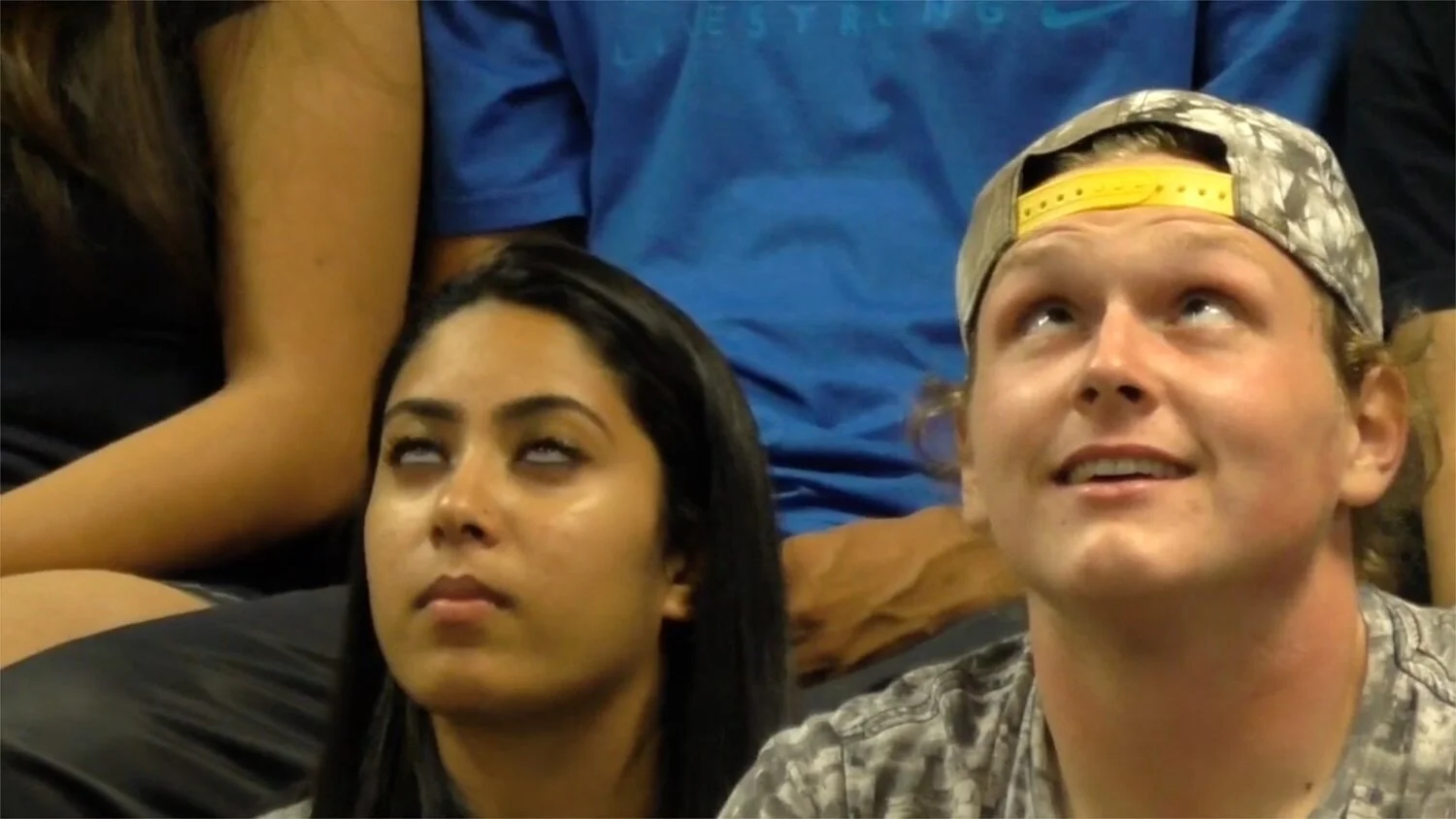Learn the Fastest Progressive Hypnosis Induction Technique
How many types of induction should you learn? I can only give you a subjective answer based on my experience. To me, the Spiegel Eye Roll technique (which I adapted) is the panacea of progressive inductions, and I see no reason to use anything else.
Notice that I use the term progressive, but in reality the way I use it quite often only takes a few seconds.
Hypnosis Induction Technique
Adapted hypnosis eye roll technique
One of my favorite books is Malcom Caldwell’s book, Outliers, in which he looked at the Story of Success and what criteria one must meet to be an expert. He and others surmised that the number of hours for any master in a field of endeavor is at least 10,000. Because of Caldwell’s book, I’ve worked out my hours in the field of hypnosis: in 35+ years, I hypnotized well over 100,000 people. As a result, I have become acutely aware of the subtleties and nuances for successful outcomes in hypnotized subjects.
Adapted Eye Roll Induction by Barry Jones.
You can try this out with friends and family, and although it is not a DEFINITIVE test, it is a great indicator.
1. Hold your head looking straight forward ;
2. While holding your head in that position, look upward toward your eyebrows, now toward the top of your head (UpGaze) ;
3. While continuing to look upward, at the same time, SLOWLY close your eyelids slowly (Roll) ; I say try and close your eyelids over your eyeballs, it is a good image to visualise.
The amount of sclera visible ( White of the eye ) between the lower eyelid and the lower edge of the cornea is the most practical measurement.
Spiegel Eye Roll
Spiegel Eye Roll
Simply, the more you see of the white of your eye measures your level of hypnotisability.
If your eyes start to flutter you may be experiencing what is called REM or rapid eye movement
You may also notice a change in body temperature and a tingling sensation in the extremities, neither pronounced.
During hypnotherapy, we skip the first three stages of sleep. A hypnotized person is intensely focused but not worried about what they are doing. They are not worried about evaluating instructions, but are simply following those instructions, and they have a more direct connection between their minds and the physical function of their bodies.
Stage 1 non-REM sleep is the changeover from wakefulness and daytime wakefulness patterns into sleep.
Stage 2 non-REM sleep is a period of light sleep before you enter deeper sleep. You spend more of your repeated sleep cycles in stage 2 sleep than in other sleep stages.
Stage 3 non-REM sleep is the period of deep sleep that you need to feel refreshed in the morning. It occurs in longer periods during the first half of the night. Your heartbeat and breathing slow to their lowest levels during sleep. Your muscles are relaxed, and it may be difficult to awaken you. Brain waves become slower yet.
REM sleep first occurs about 90 minutes after falling asleep. Your eyes move rapidly from side to side behind closed eyelids. Most of your dreaming occurs during REM sleep, although some can also occur in non-REM sleep.
For more about clinical hypnotherapy education—— go to www.barryjones.com

